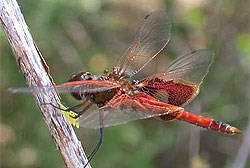
Amistad National Recreation Area supports flora and fauna in a combination not found in any other National Park Service site. This biodiversity is a result of the park's location in a transition zone between major life and climate zones: it lies between 1) three major plant communities: Tamaulipan Shrubland, Chihuahuan Desert, and Edwards Plateau; 2) major climate zones: in the transition between temperate and tropics; and 3) in the transition zone from dry arid zones in the western half of the U.S. to the more humid and wet eastern half of the U.S. This mix of habitats is combined with a huge expanse of the clear, clean waters of Amistad Reservoir. People use Lake Amistad year round. In contrast, some animals utilize the area only during seasonal migrations. In the fall, thousands of Monarch butterflies (Danaus plexippus) roost on park lands before continuing their journey south to wintering sites in Mexico. Many waterfowl species spend the winter on the lake before returning north in the spring. Even threatened and endangered species, such as the Interior Least Tern (Sterna antillarum athalassos), use the lake to nest and raise young. The river canyons provide oases of warmth and moisture and harbor unique communities found in few other places. The National Park Service and state agencies have implemented several projects in order to monitor the natural resources of the lake and surrounding areas. Research on threatened and endangered species, cave and karst resources, yearly Monarch butterfly monitoring, a prevention program to avoid the accidental introduction of invasive zebra (Dreissena polymorpha) and quagga mussels (D. bugensis), and water quality testing provide invaluable data. By monitoring changes, park staff can quickly take measures to conserve the natural resources and beauty of Amistad National Recreation Area. 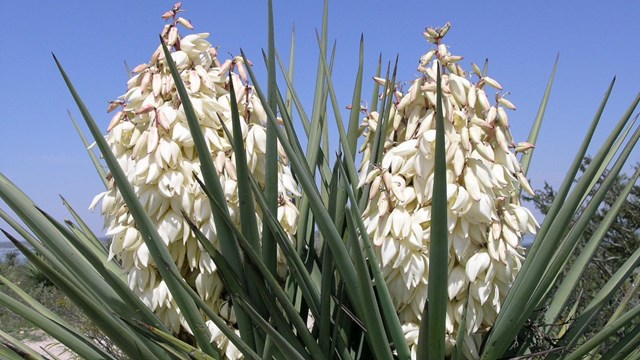
Plants
Amistad is located at the transition zone of three separate major plant communities. 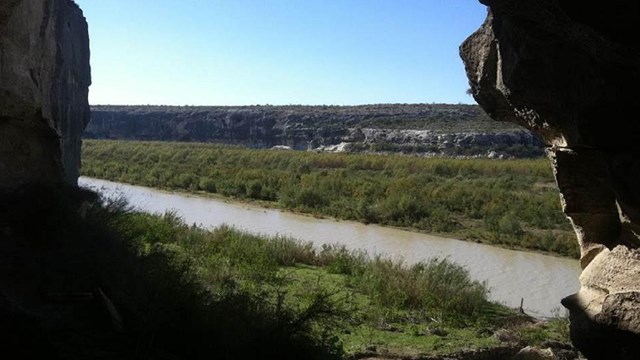
Environmental Factors
The natural resources of the area are subject to a range of threats, including exotic species, pollution, and changing lake levels. 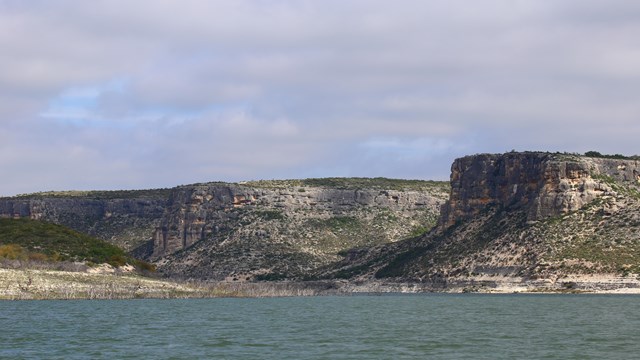
Natural Features and Ecosystems
Amistad National Recreation Area’s natural features are primarily the result of two influences: geology and climate 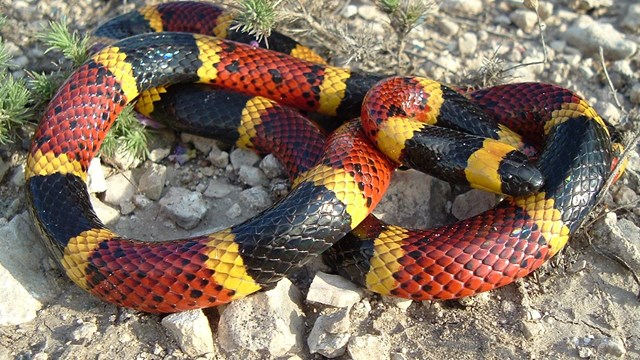
Animals
Learn about the diversity of animals at Amistad. |
Last updated: April 21, 2025
